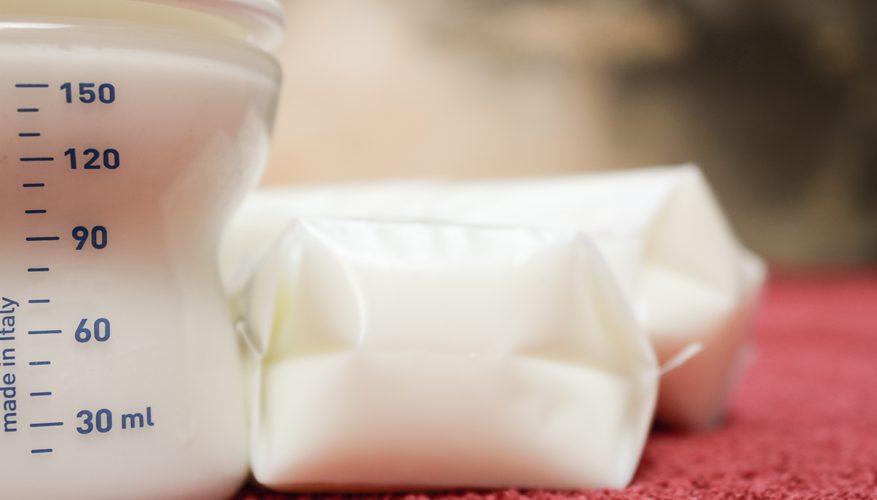After the Ebola epidemic this year, the Sierra Leone government formalized an informal ban that has existed for ten years that prevent pregnant girls from attending school.
Amnesty International released a report yesterday, Friday, November 6, stating that thousands of schoolgirls in Sierra Leone have been forced to undergo humiliating and degrading public pregnancy tests since the government banned pregnant girls from attending mainstream schools and taking exams.
Teachers and nurses have examined girls’ breasts and stomachs in front of their peers and forced the girls to take urine tests, the report “Shamed and blamed: Pregnant girls’ rights at risk in Sierra Leone” stated.
The invasive exams are discouraging many girls from going to school, whether they are pregnant or not, the rights group state.
“This humiliating and degrading treatment has led to girls taking health risks to sit exams, such as strapping down their stomachs and breasts,” Amnesty International West Africa researcher Sabrina Mahtani told the Thomson Reuters Foundation.
“Pregnant girls are being blamed and shamed… as Sierra Leone moves forward from the devastating Ebola crisis, it is vital that these girls are not left behind.”
While schools were closed for a year, many girls were subjected to sexual violence, abusive relationships were rife in Sierra Leone during the Ebola outbreak, and fueled a spike in teenage pregnancies, Amnesty said in its report “Shamed and blamed: Pregnant girls’ rights at risk in Sierra Leone”.
The epidemic hindered access to services including abortion, emergency contraception and post-rape counseling, while the closure of schools for almost a year left many girls particularly vulnerable to violence, the rights group said.
“It is not right. During Ebola, their parents did not have money so many girls had to go to men,” one girl told Amnesty.
The other unfortunate thing about it all is that Sierra Leone already had one of the highest teenage pregnancy rates in the even before Ebola broke out in December 2013.
One in four girls between the ages of 15 and 19 had children or were pregnant, a 2013 government health survey found.
The United Nations Population Fund (UNFPA) estimates preliminary that the number of teenage girls who became pregnant in Sierra Leone at the height of the Ebola outbreak at more than 14,300.
After the ban was imposed earlier this year, The Ministry of Education stated that having pregnant girls to go to school would undermine their ability to concentrate and participate in class, expose them to ridicule and encourage others to become pregnant.
No word on the boys and what the fact they are fathers would do. Nope. Just the girls. le sigh
The government announced in May an alternative “bridging” education system allowing pregnant girls to go school, but at different premises and times to their peers.
The isolation could lead to further stigmatization and marginalization of the girls, Amnesty said in its report.
Only six in 10 girls between the ages of 15 and 24 in Sierra Leone are literate, compared with three-quarters of boys in that age range, figures from the 2013 government health survey show.
“Education is a right and not something for governments to arbitrarily take away as a punishment,” Mahtani said.
“Pregnant girls are being denied key chances to move forward with their lives, and to ensure early pregnancy does not become the event that determines the rest of their lives.”
Several organizations including UNICEF, the UK Department for International Development and UNFPA are helping girls to continue their education after giving birth, and give counseling and access to maternal and neonatal health services.
The World Health Organization says that even though maternal death rates in Sierra Leone has been halved between 1990 and 2013, it still has one of the highest rates in the world with more than 1 in 100 women dies in childbirth.
















